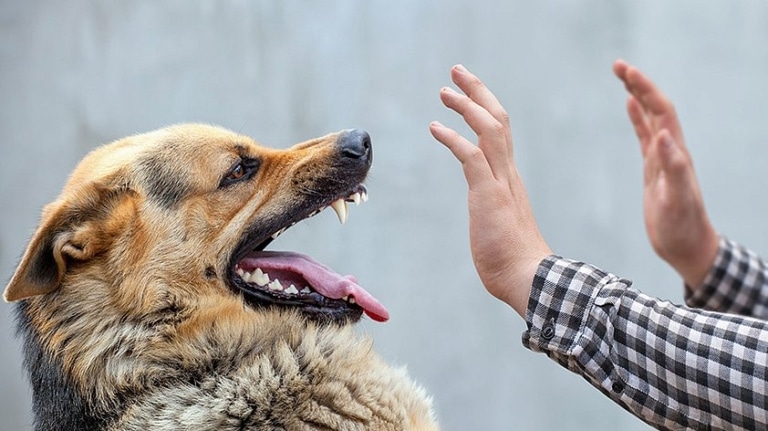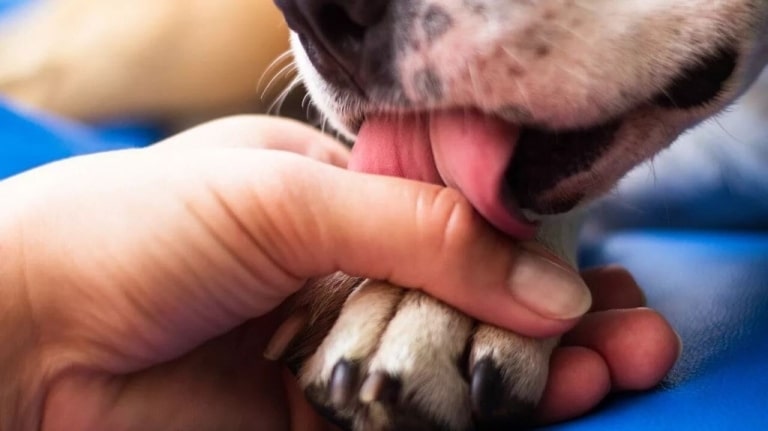Rabies is one of the most dangerous viral diseases that threatens both animals and humans, so our awareness about it is extremely necessary. In this article, we will learn what rabies is, how it is transmitted, what its symptoms are, and what you can do to save your life and the life of your pet before and after contact with an animal with rabies.
What is rabies?
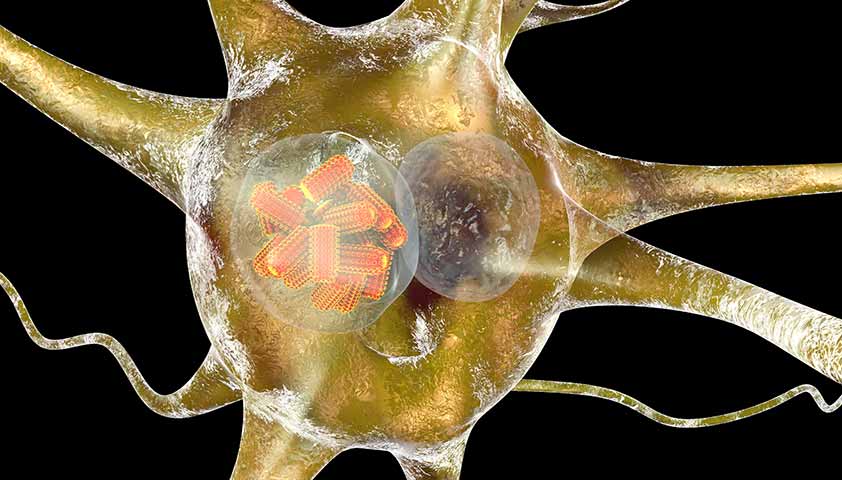

Rabies is a viral disease that affects the central nervous system and is transmitted through contact with the saliva of an infected animal. The main carriers of the virus are wild animals, but domestic animals can also become carriers if they have been previously infected. A person can become infected by contact with saliva through a scratch or a bite.
Incubation period

The incubation period of rabies is the time from the moment of infection with the virus to the appearance of the first symptoms of the disease. It can vary significantly and on average lasts from 1 to 3 months. The first symptoms most often appear 20-60 days after infection. The duration of the incubation period depends on many factors, the main of which can be considered:
- bite site: If the bite is closer to the head or central nervous system, this may shorten the incubation period.
- virus dose: a larger amount of virus in the saliva of an infected animal can shorten the incubation period.
- type of virus: different species of animals can carry strains of the virus with different characteristics, which can also affect the length of the incubation period.
- immunity: individual characteristics of the immune system can affect the development of the disease.
Symptoms of the disease in dogs
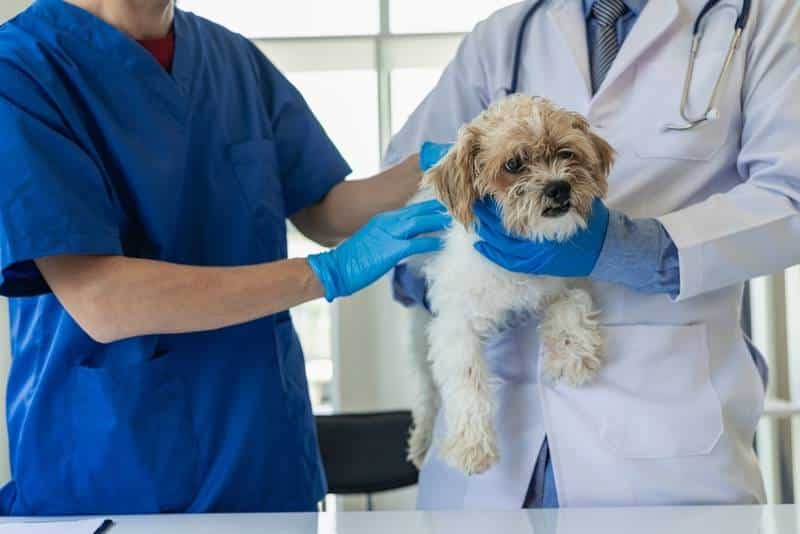
Symptoms of rabies in dogs vary depending on the stage of the disease. And there are three of them: initial, aggressive and quiet.
At the initial stage, the dog may become more anxious or, on the contrary, excessively gentle, the voice may become rough or hoarse, the body temperature rises, the appetite decreases, or, conversely, the eating of inedible objects begins.
During the aggressive stage, the dog may begin to bite or attack even familiar people or animals for no apparent reason, excessive activity, inadequate reaction to sounds and light, as an exception, fear of water, strong salivation due to paralysis of the muscles of the larynx and jaws.
At the last, quiet stage, gradual paralysis of the limbs and then the whole body occurs. The dog may lose the ability to move. Barking is complicated due to paralysis of the larynx and death from asphyxiation occurs due to paralysis of the respiratory muscles.
If your dog shows these symptoms or if rabies is suspected, contact your veterinarian immediately. Remember that rabies is a fatal disease, but it can be prevented by timely vaccination in a medical facility.
Symptoms of rabies in humans
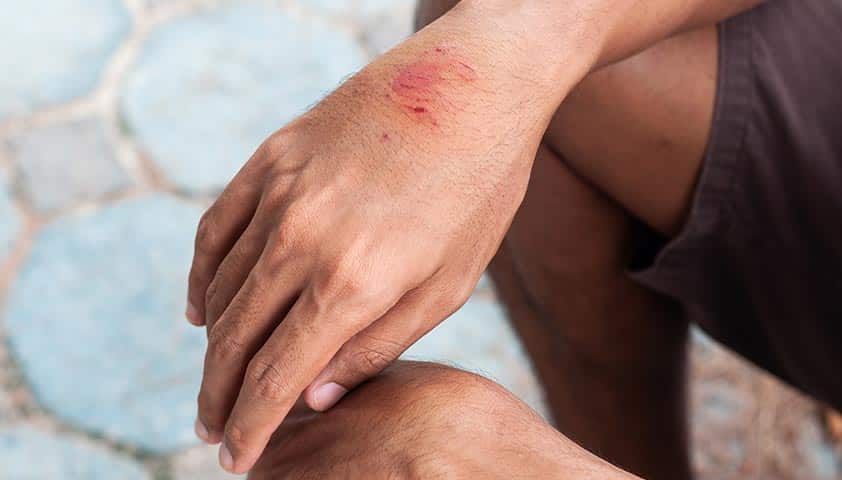
Symptoms of rabies in humans, as well as in animals, develop gradually and go through several stages.
At the initial stage, there is a feeling of weakness, fatigue, headache, increased body temperature, anxiety and irritability. Pain and tingling may be felt at the site of the bite, even if the wound is prolonged.
During the acute neurological stage, hydrophobia appears as one of the characteristic symptoms of rabies. It occurs due to painful spasms of the larynx when a person tries to drink water. In some cases, aerophobia is also possible, because spasms can occur when inhaling air or with minor air movements (for example, when opening a door). In addition, there is a feeling of anxiety, paranoid ideas, hallucinations, loss of consciousness. In some cases, a person can become aggressive or excited, show inappropriate behavior.
The paralytic stage is accompanied by paralysis of the muscles of the body, starting from the limbs and spreading to the whole body. Swallowing becomes difficult, saliva is excessively secreted due to paralysis of the muscles of the larynx. After paralysis, a person usually falls into a coma, followed by death due to respiratory or cardiac arrest.
What to do when symptoms are detected?
Human rabies is almost always fatal if treatment is not started before the appearance of clinical symptoms, therefore, at the slightest suspicion of contact with the virus (for example, a bite from a wild or unvaccinated animal), it is necessary to immediately contact a medical institution. Before that, it is necessary to thoroughly wash the bite site with a soapy solution under running water for 10-15 minutes and treat the wound with an antiseptic. Be sure to inform the doctor about the bite or scratch, the circumstances of contact with the animal, as well as the presence of any symptoms (fever, headache, pain at the site of the bite, etc.). If rabies is suspected, the doctor will administer a vaccination that includes a series of injections. So far, this is the only effective method of preventing the disease after contact with the virus. During the next few months after vaccination, it is important to visit your doctor regularly to monitor your health and follow the schedule for subsequent vaccinations.
Prevention of rabies

In Ukraine, rabies remains an actual problem, especially in rural areas, where contact with wild animals is more likely, so rabies prevention is of great importance.
State vaccination programs, control over the population of stray and wild animals, conducting information campaigns among the population help to reduce the spread of this dangerous disease. However, it is important that every pet owner understands the need to vaccinate their pets and follow basic safety precautions when interacting with unfamiliar animals.
Conclusion
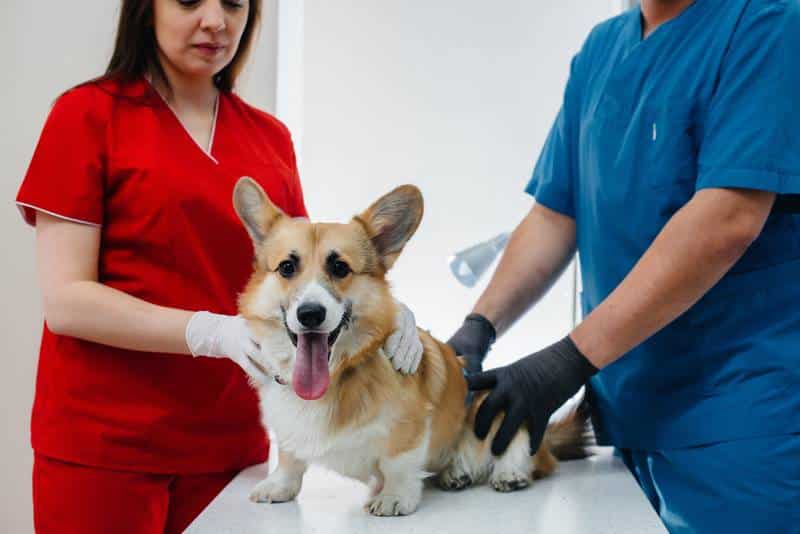
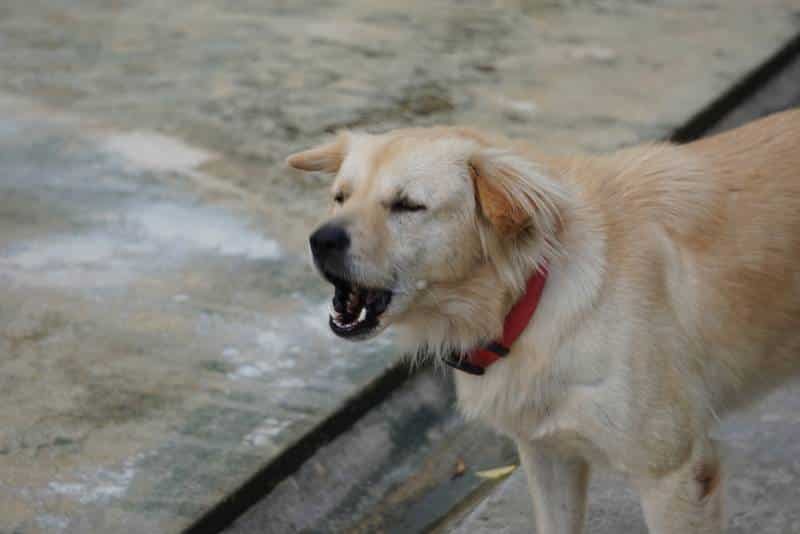
So, rabies is a deadly disease, but it can be prevented if measures are taken before symptoms appear. Do not ignore animal bites or scratches and seek medical attention immediately after potentially dangerous contact. Only joint efforts (increasing awareness of this disease, prevention and timely vaccination) can reduce the risk of infection and save the lives of people and animals.







